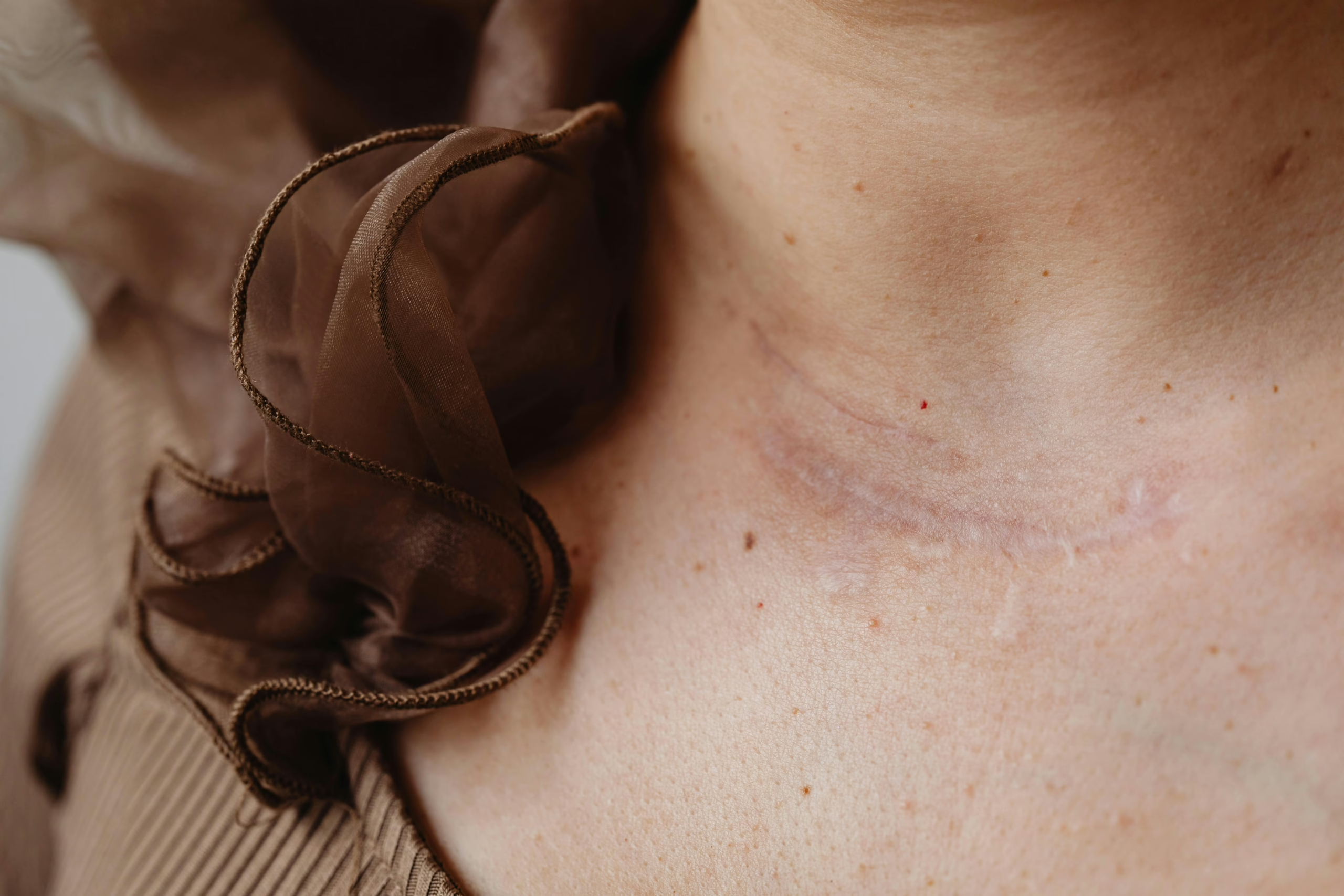
Tattoo removal scarring is one of the biggest concerns people have, and for good reason. As tattoo removal becomes more popular, many wonder: Will it leave a scar? It’s a fair question, and the truth is, much of the responsibility lies with the client to follow proper aftercare. When done correctly, scarring is uncommon. This blog will walk you through why scarring can happen, how to avoid it, and what to expect during the healing process.
What Causes Scarring During Tattoo Removal?
Scarring usually isn’t caused by the removal method itself; it’s caused by how the skin heals afterward. Here are a few common causes:
- Improper aftercare: If the treated area isn’t kept clean and dry, or if scabs are picked at, it can interfere with healing and increase the risk of scarring.
- Infection: Any infection in the healing wound can damage skin tissue and lead to lasting marks.
- Overtreatment: Using harsh removal techniques (such as surgical excision) or repeating sessions too close together can overwhelm the skin.
- Existing scar tissue: Some tattoos may already have scar tissue from the original application, which can affect removal outcomes.
Does Tatt2Away Cause Scarring?
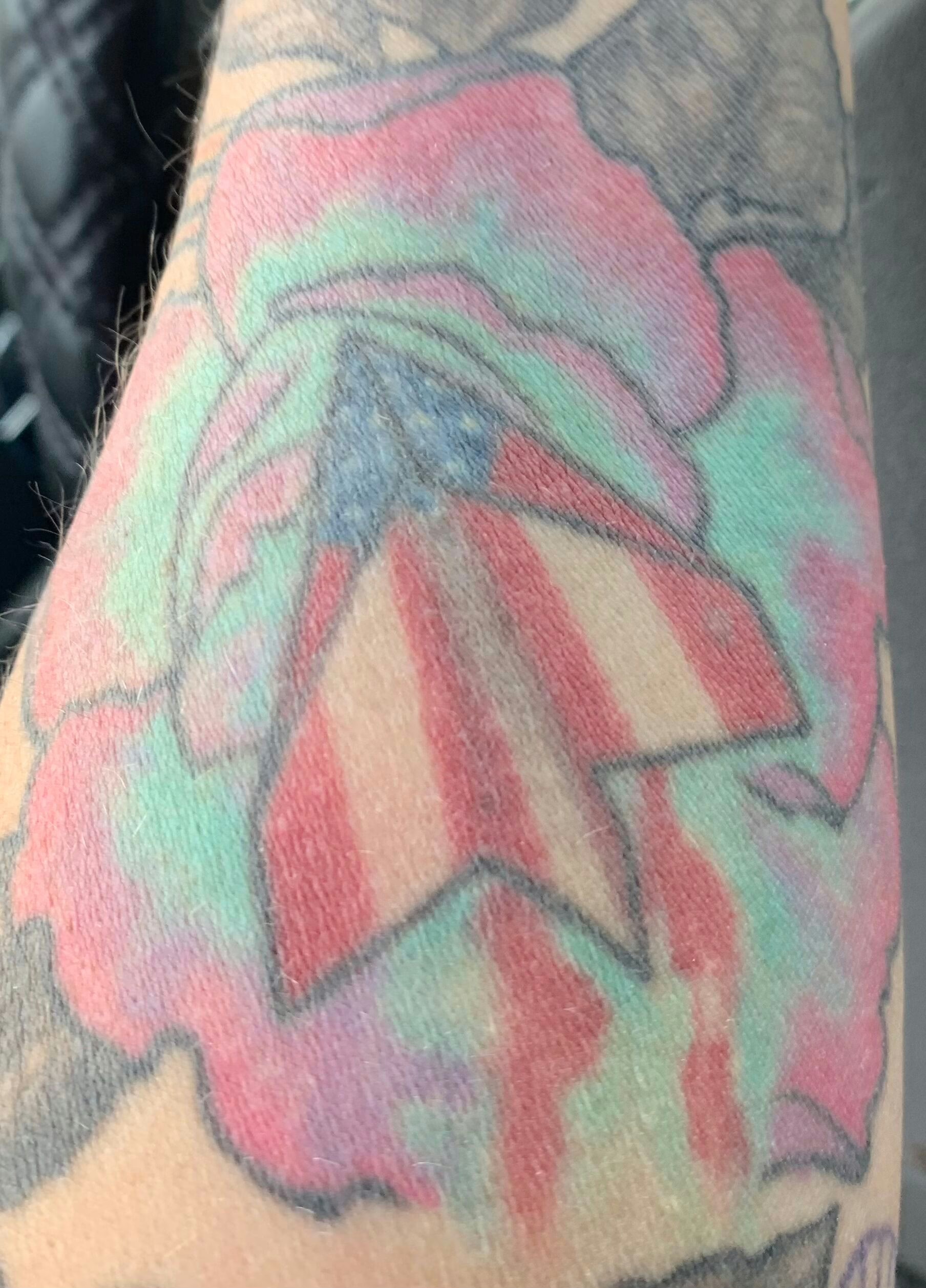
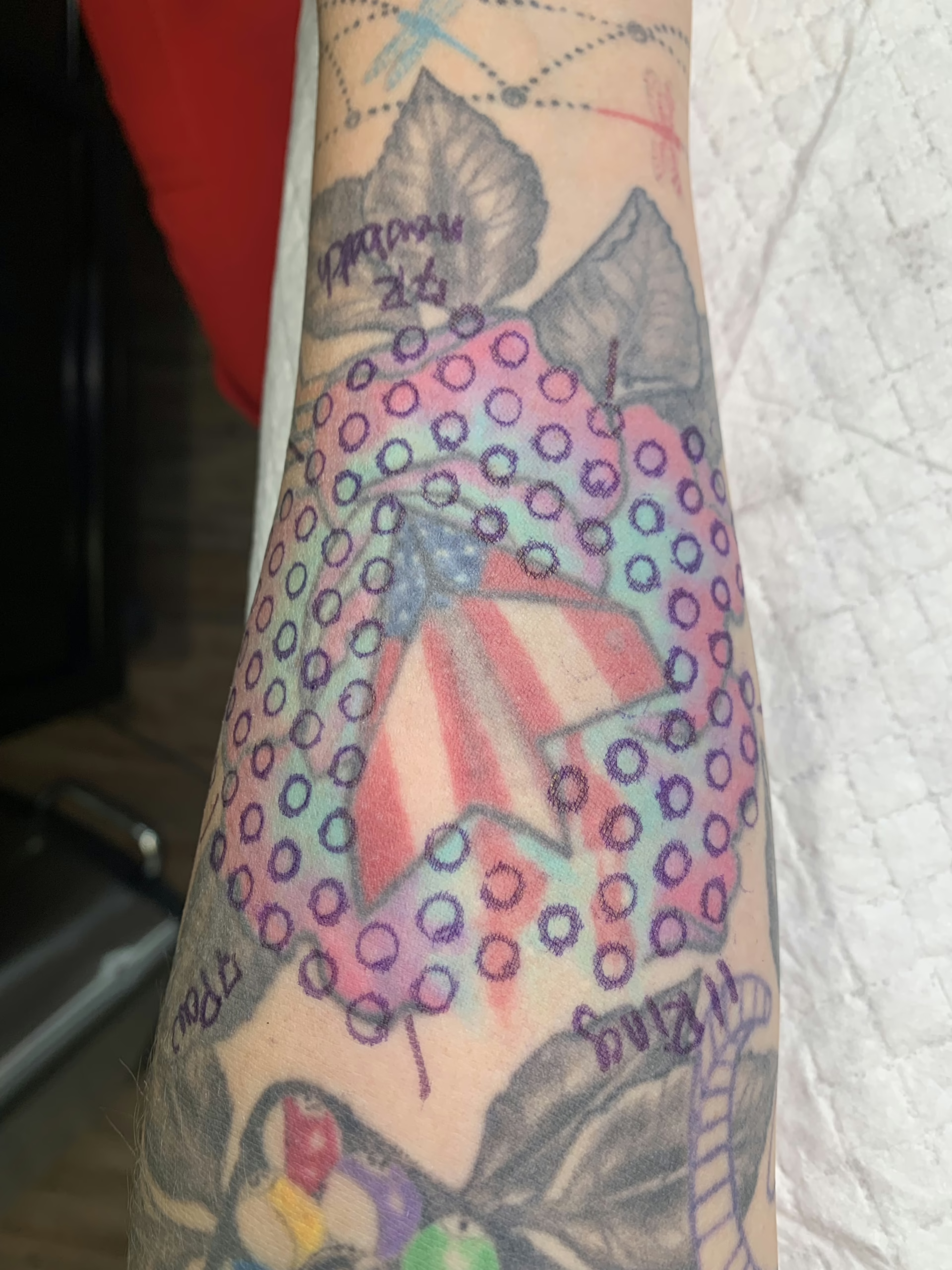
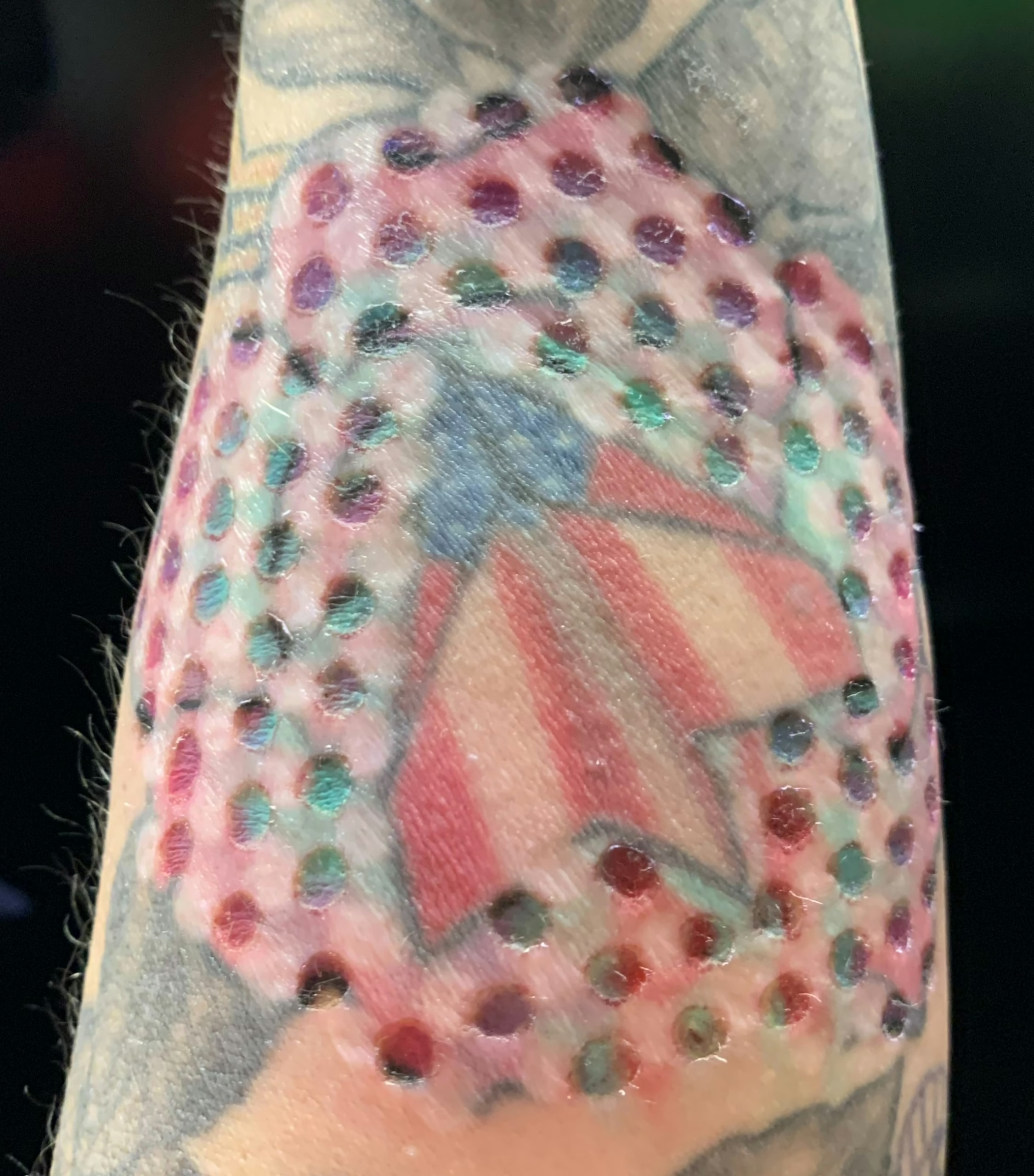
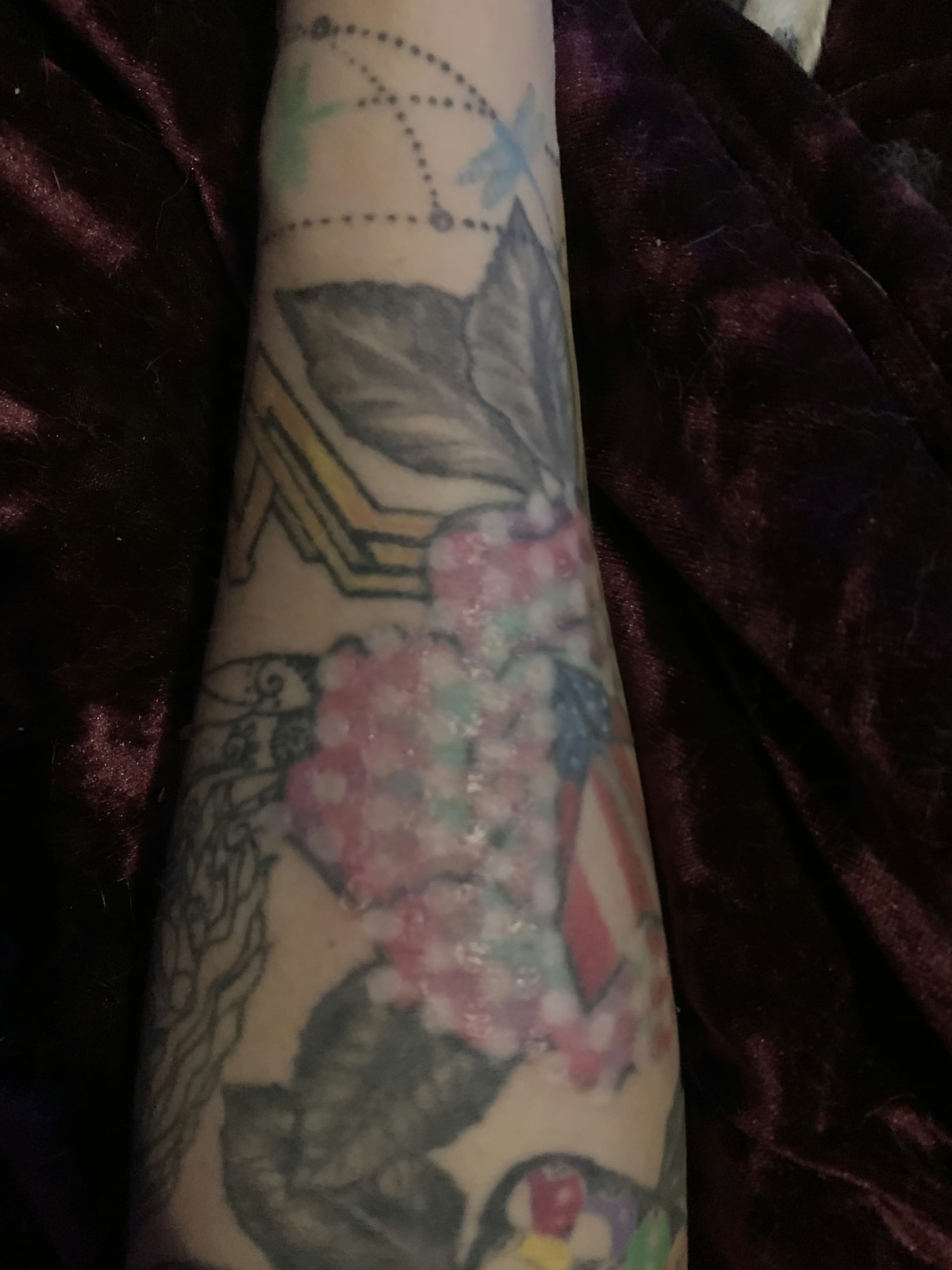
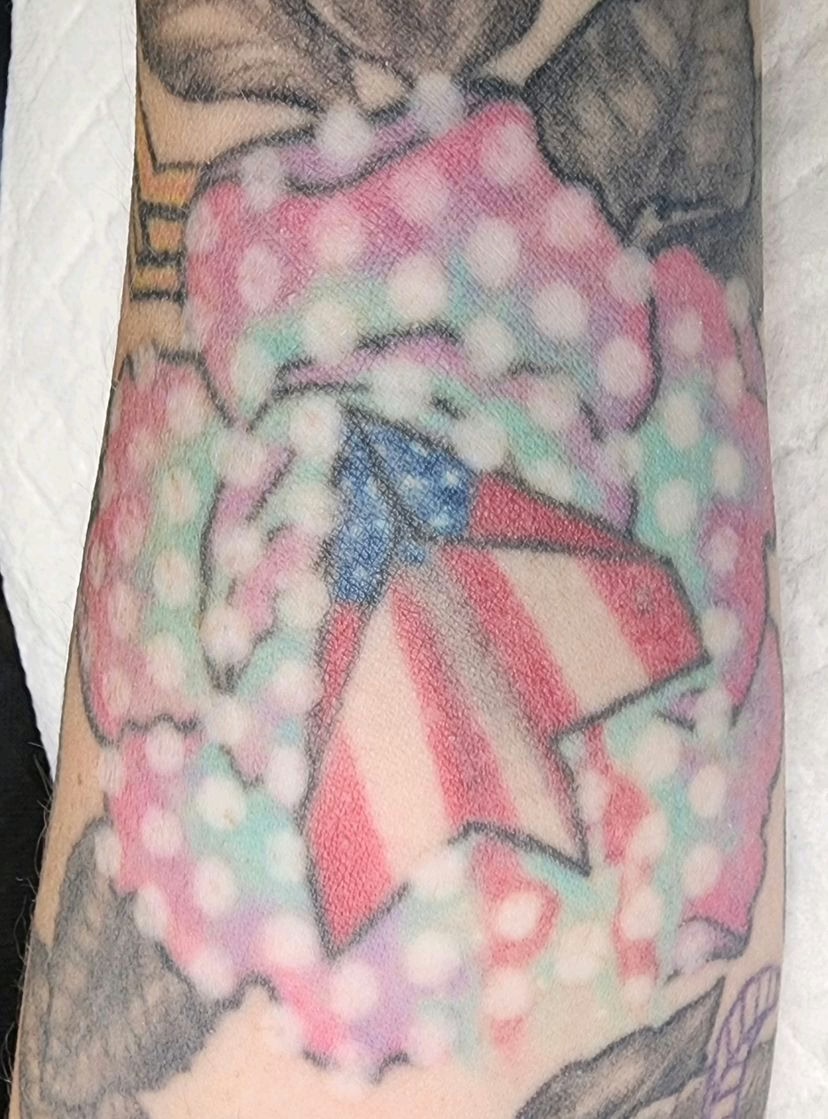
Tatt2Away is designed to support your skin’s natural healing process. It uses a precision dermabrasion technique along with a 100% natural-ingredient solution called, TEPRsol, to trigger a healing process to expel ink from the skin safely and naturally. Because it works with your body, not against it, most clients experience full healing with little to no scarring when they follow aftercare instructions diligently.
Compared to laser removal, which can sometimes cause textural changes or long-term pigment shifts, Tatt2Away gives your skin time to heal gradually, helping reduce trauma, minimize tattoo removal scarring, and preserve your skin’s integrity.
How to Minimize the Risk of Scarring
The best way to ensure a smooth, scar-free result is to take your aftercare seriously. Here are a few tips:
-
- Keep the area clean and dry
- Avoid picking or peeling scabs
- Stay out of pools, saunas, and hot tubs
- Wear loose, breathable clothing to avoid irritation
- Don’t smoke or drink excessively while healing as these activities can slow healing progress
- Avoid direct sun exposure on the treated area
Your technician will provide full aftercare instructions tailored to your skin and treatment area. When in doubt, just ask!
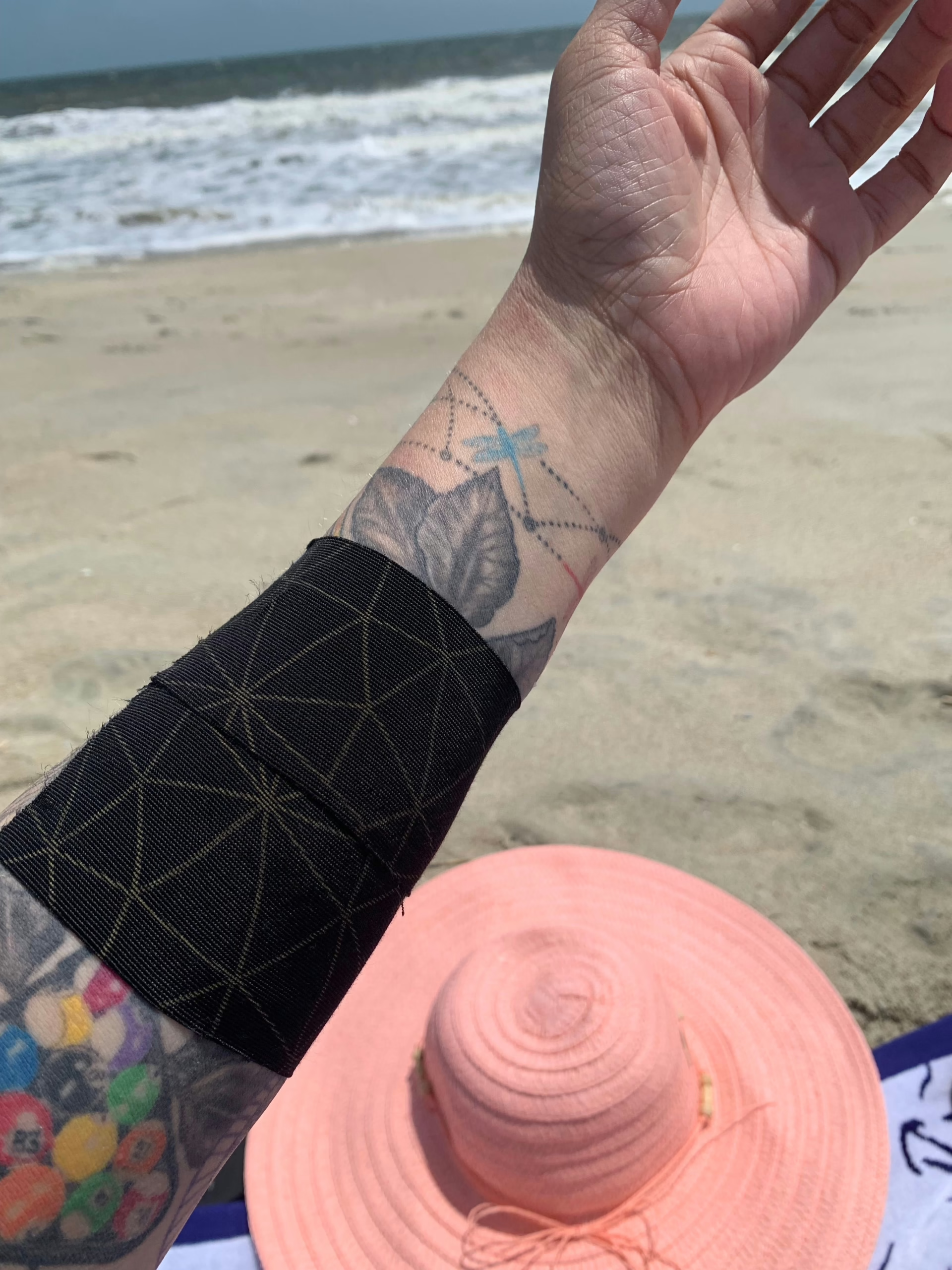
Healing Expectations and Skin Appearance
It’s completely normal for your skin to look red, pink, or even temporarily white during different stages of healing with Tatt2Away. These color changes usually fade over time as your body restores the skin. Most clients find that their skin tone evens out completely over time with continued care.
Patience is key! Everybody heals at a different pace, and your technician will help guide you through what’s normal at each stage.
When Does Scarring Happen?
Even with the best care, scarring can occur, but it’s usually due to complications like infection or improper aftercare. One of the most common causes we see are clients exposing the treated area to the sun, picking the scabs, getting the area wet, and wearing tight clothing.
If this happens, all is not lost. The appearance of the area can often improve over time with proper skin care, and your technician may have tips to help minimize visible changes.
Learn more: Does laser tattoo removal cause scarring?
Final Thoughts
Tatt2Away is all about results and skin health. Choosing a certified technician and sticking to your aftercare plan are the most important steps you can take to avoid scarring and get the outcome you want. Your tattoo may be permanent, but your choice to keep it doesn’t have to be. With Tatt2Away, you can start over with fresh skin, and do it safely!
Have more questions about tattoo removal scarring or healing? Reach out to your local Tatt2Away provider for a free consultation.
